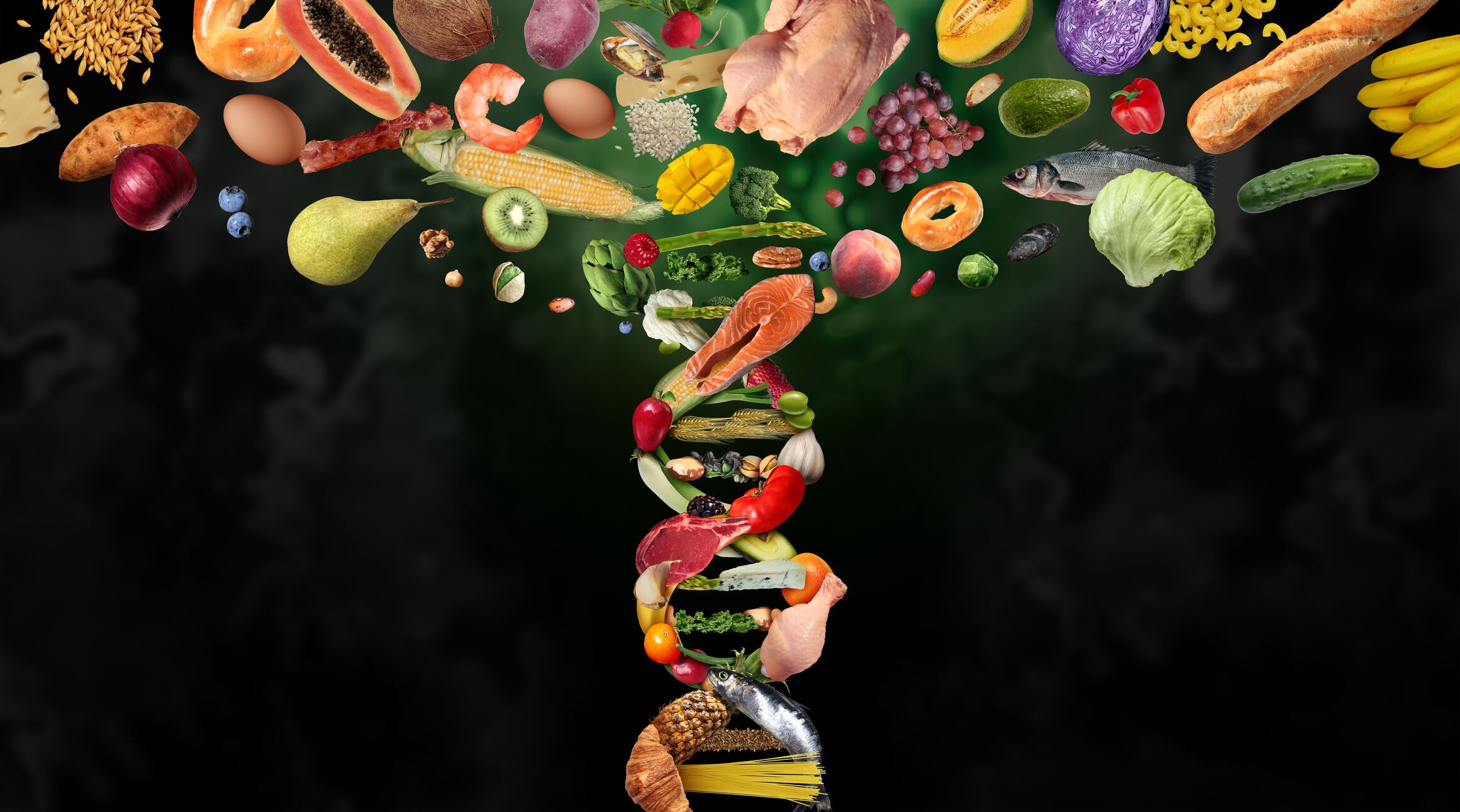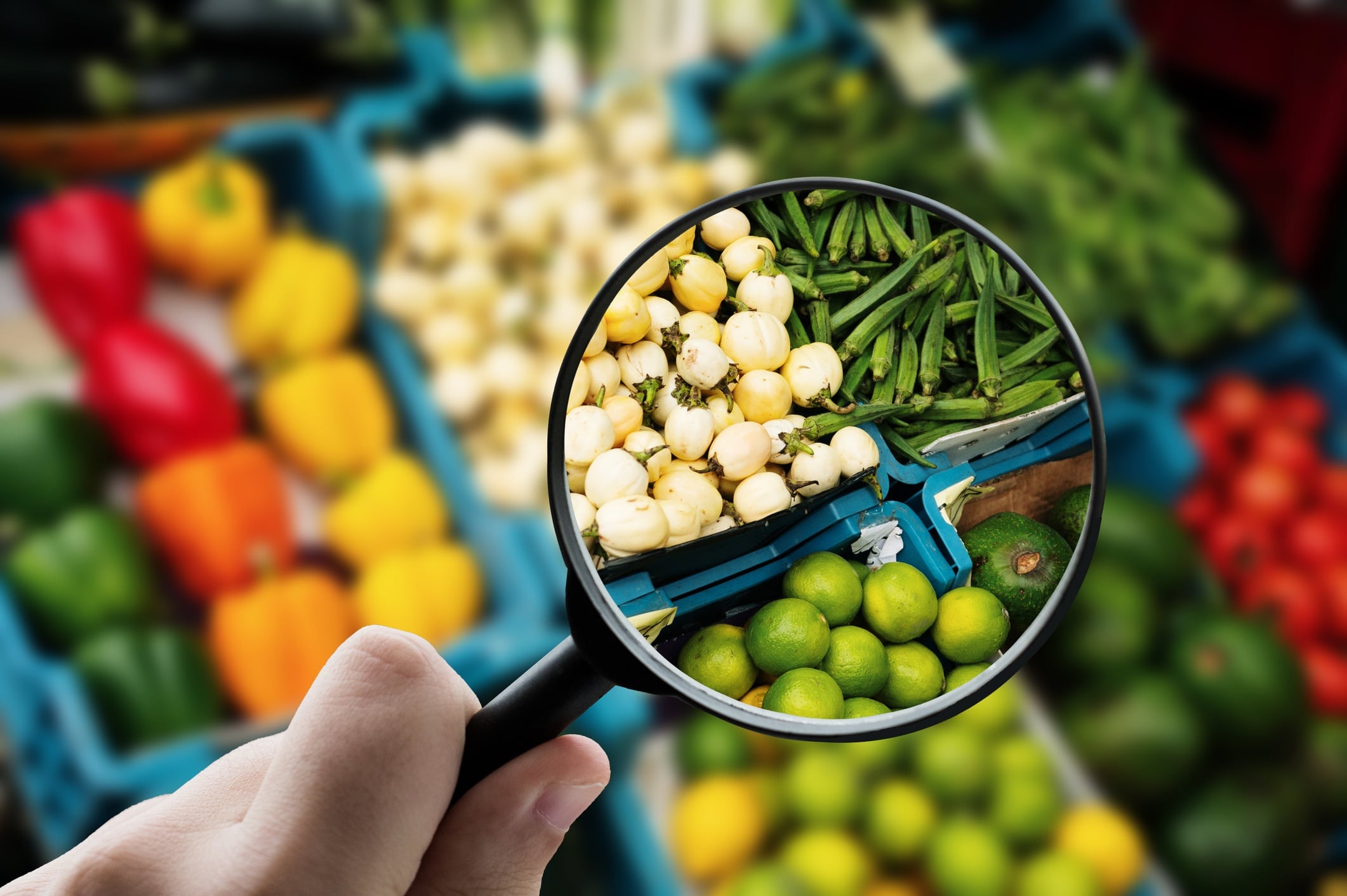What is Nutritional Dark Matter? A summary of key insights
- Nutritional databases track only 150 of 26,000+ food compounds
- Most food chemicals remain unstudied but may impact human health
- Poor nutrition causes one in five adult deaths worldwide
- Foodomics links diet to genes, microbes, and disease mechanisms
- Industry must adapt to new science shaping future food innovation
The term ‘nutritional dark matter’ was coined by Hungarian-American physicist, Albert-László Barabási, after he discovered that science tracks only a fraction of the over 26,000 biochemicals in food.
And yes, it is a play on ‘universal dark matter’.
“What we eat is packed with hidden chemistry that may hold the key to both disease and health,” says Professor David Benton of Swansea University.
So, how does diet really impact health, and what could this new understanding mean for the food and beverage industry?

New image of food
Nutrition has long been framed in fairly simple terms - food as fuel and nutrients as the body’s building blocks.
Proteins, carbohydrates, fats and vitamins – about 150 known chemicals in total – have dominated the picture.
Barabási’s revelation that diet actually delivers more than 26,000 compounds, with most of them still uncharted, changes that picture completely.
“Here is where astronomy provides a useful comparison,” says Professor Benton. “Astronomers know that dark matter makes up about 27% of the universe. It doesn’t emit or reflect light, and so it cannot be seen directly but its gravitational effects reveal that it must exist.”
Nutritional science faces something similar. The vast majority of chemicals in food are invisible in terms of research.
“We consume them every day, but we have little idea what they do,” says Professor Benton.
Enter ‘foodomics’.

Understanding nutritional dark matter
The field of ‘foodomics’ aims to understand the full impact of diet on the body. It brings together genomics (the role of genes), proteomics (proteins), metabolomics (cell activity) and nutrigenomics (the interaction of genes and diet).
“These approaches are starting to reveal how diet interacts with the body in ways far beyond calories and vitamins,” says Professor Benton.
Professor Benton and others working in the foodomics space have analysed different diets, including the Mediterranean diet.
Filled with fruits, vegetables, wholegrains, legumes, nuts, olive oil and fish, and with limited red meat and sweets, it’s known to reduce the risk of heart disease. But why?
“One clue lies in a molecule called TMAO (trimethylamine N-oxide), produced when gut bacteria metabolise compounds in red meat and eggs,” says Professor Benton. “High levels of TMAO increase the risk of heart disease. But garlic, for example, contains substances that block its production. This is one example of how diet can tip the balance between health and harm.”
Gut bacteria also play a major role. When compounds reach the colon, microbes transform them into new chemicals that can affect inflammation, immunity and metabolism.
For example, ellagic acid – found in various fruits and nuts – is converted by gut bacteria into urolithins. These are a group of natural compounds that help keep the body’s mitochondria healthy.
“This shows how food is a complex web of interacting chemicals,” says Professor Benton. “One compound can influence many biological mechanisms, which in turn can affect many others.”

The future of food research
Projects such as the Foodome Project are attempting to catalogue this hidden chemical universe, with more than 130,000 molecules already listed. These food compounds have been linked to human proteins, gut microbes and disease processes.
“The aim is to build an atlas of how diet interacts with the body, and to pinpoint which molecules really matter for health,” explains Professor Benton.
And with that understanding, scientists hope to answer the following questions:
- Why do certain diets work for some people but not others?
- Why do foods sometimes prevent, and sometimes promote, disease?
- Which food molecules could be harnessed to develop new drugs, or new foods?

Nutritional dark matter and the food industry
As science begins to illuminate the vast world of nutritional dark matter, the food industry faces both a challenge and an opportunity.
Understanding the hidden biochemistry of food could transform everything from product development to personalised nutrition.
Food manufacturers may need to rethink how they formulate products - not just in terms of calories, fats, and sugars, but in relation to bioactive compounds and their interactions with the human body. Functional foods, precision nutrition, and microbiome-friendly formulations could become the norm.
Ultimately, embracing this complexity could help the industry move beyond reductionist approaches and toward a future where food is not only nourishing, but actively health-promoting, tailored to individual needs and backed by deeper scientific insight.





